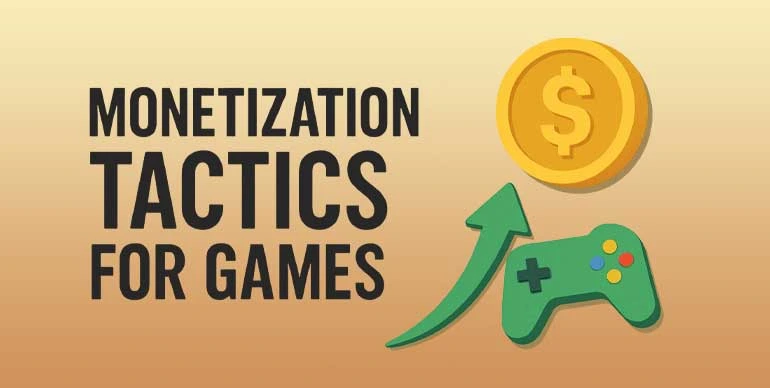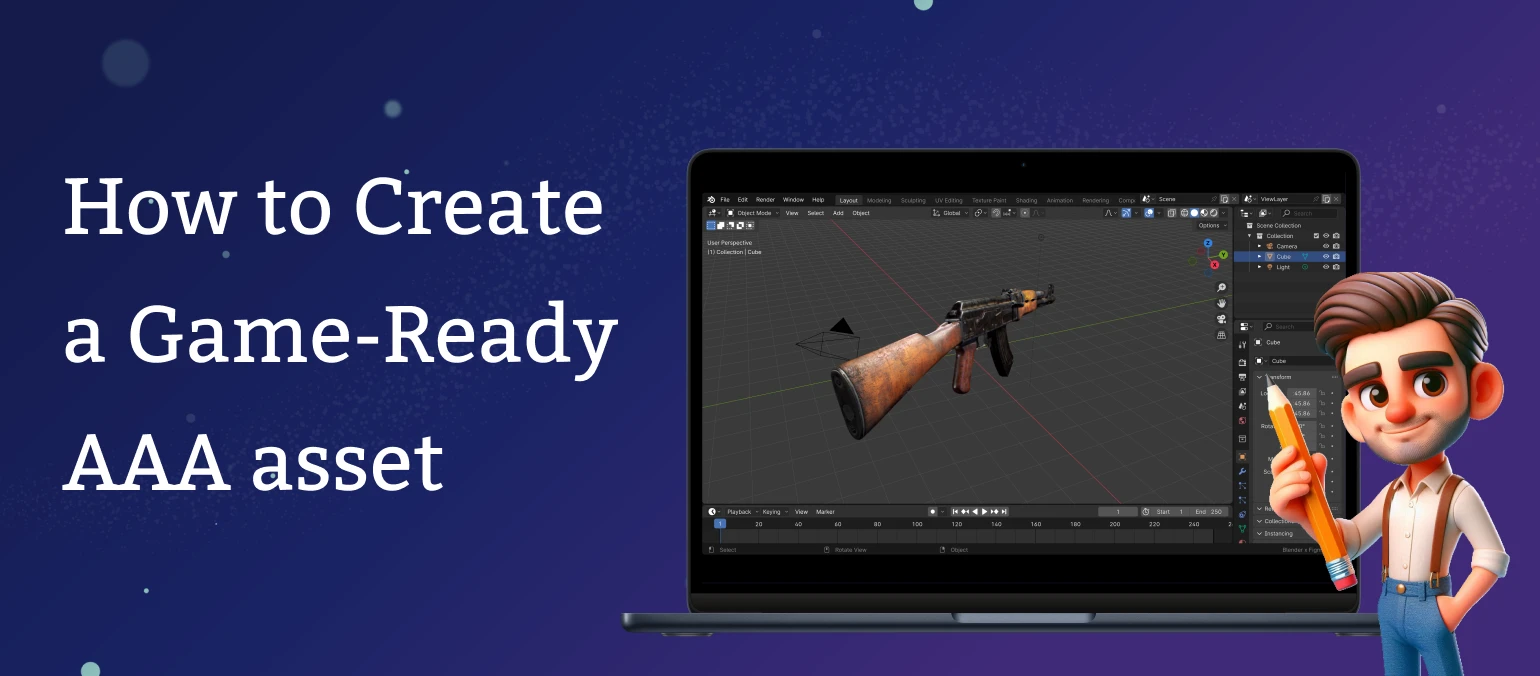Let’s begin by understanding the concept of levels in a video game. What drives a video game, and what factors control its engagement?
We know progress means advancing towards a goal through different levels. In a game, new motives, challenges, and concepts are added to the game world, while ensuring they increase the degree of difficulty at every level. Every game clearly states a goal and completion of every level brings the player closer to achieving it. This sense of putting a player's abilities to use against a difficult situation in a game (challenge), and rewarding their potential for every challenge they overcome and every progress they make in the game (achievement), makes a player want to play.
What is Level Design?
Level design is a part of video game design that focuses specifically on designing game levels (an area or stage a player must complete before moving on to the next one) while keeping in mind the architecture, layout, video game mechanics, and pace to keep the players invested in the game. It is about creating a visually appealing environment while ensuring the player’s experience is engaging and immersive. Even so, different types of video game-level designs, such as shooter-level design, platformer-level design, puzzle-level design, multiplayer-level design, etc. require a unique approach. The two most common approaches to game level design are room design and world design.
Room Design is usually designing a small sequence while being extremely strategic about crafting the entry, exit, traps, and challenges so that the players move around in an expected and controlled manner.
World Design is about creating realistic spaces by relying on general systems and reusing pre-made elements. This approach is usually integrated into games with lots of space and lets players drive the narrative of the game.
Process of Level Designing and Game Development
1. Pre-production phase
It includes conceptualizing ideas and creating a design document (blueprint) that defines the game mechanics, structure, objectives, and more. A game design document plays a crucial role in collating data from studying the players’ preferences, demographics, etc, and planning and creating a game that keeps them hooked.
2. Prototyping
This stage involves prototyping different ideas including level layout design, character design, gameplay elements and mechanics, and other core concepts, before finalizing them for the cemented stage of the game production process.
3. Game Environment Design
Game engines like Unity offer intuitive tools that are used to create spatial layouts with intricate details and dynamic lighting systems. The assets and textures add to the visual appeal while the intricate details like the hills, mountains, roads, and the sprawling landscape guide the player’s movement and focus in a game.
4. Level Building
Level Building is the phase of the process where stages, maps, and missions of the game are created, keeping in mind interactive situations or events that challenge the player and keep them engaged.
5. Scripting
Level designers use scripting tools to program certain game behaviors and rules in a level. Objectives, triggers, gates, and game objects are the most common visual scripting examples that allow video game developers to create dynamic interactions between the player, NPCs, and the environment.
6. Polishing and Optimization
This stage is where every big and small detail, from gameplay mechanics to visual aesthetics, is refined and fine-tuned for a seamless experience without any technical distractions.
7. Playtesting
Playtesting involves testing a game with real players to assess its design, functionality, and entertainment value. It is a crucial aspect of game development that can help in pinpointing and resolving issues, enhancing the overall quality of the game and increasing your chances of success.
Looking for experts in game logic and development?
Principles of Level Design
The practice of planning and building maps, stages, and missions is extremely important in a video game. A well-crafted environment with interactive events in the game environment at different points challenges the players at many levels, keeps them engaged, and enhances the overall playing experience. The design principles that every video game level designer follows while creating game levels are listed below.
1. Know your target audience and understand their preferences and expectations.
Different players have different requirements and once you decide on your target audience, you can accordingly design the levels that match their play styles.
2. Establish a gameplay loop for your game.
Defining a core gameplay loop at the beginning of the designing process helps designers create a primary flow for their game and further design levels in sync with the loop. This allows players to set certain expectations, enhancing their experience and avoiding elements that may confuse or distract them.
3. Make use of visual language and cues in a game.
Integration of visual language and cues cards in game levels help communicate with the players, narrate the story, and guide the players in a game by providing important information. They help the players understand the storyline, rules and goals of the game.
4. Create the right balance of challenge and reward throughout the game.
Challenge and reward are two elements that influence the motivation, engagement, and satisfaction of a player. A balance between the two ensures that the player feels motivated when progression is at a low, engaged throughout the game, and satisfied at the end of every level.
5. Define the gameplay mechanics.
Game mechanics include the rules, elements, systems, and processes that compose a game which means the player's objectives, rewards, character interactions, level design, and more. All details, from the jump of a main character to a bullet fired in the direction of an enemy, are examples of game mechanics. These are core components of any game and define how the game works and what actions lead to progress or failure.
6. Define clear progression goals
It is important to strategically use level design to enhance the player experience and create a sense of progression. Integrating new challenges, rewarding players, and increasing complexity helps create a sense of progression in players which keeps them invested in the game.
In every successful game, we score with player experience! Logic Simplified is a leading game development company in India with expert-level designers for creating engaging and successful games. Our portfolio includes multiple genres of games like board games, strategy games, shooter games and card games. Get in touch with us at enquiry@logicsimplified.com or call us to book your free consultation.
 Get a Quote
Get a Quote















